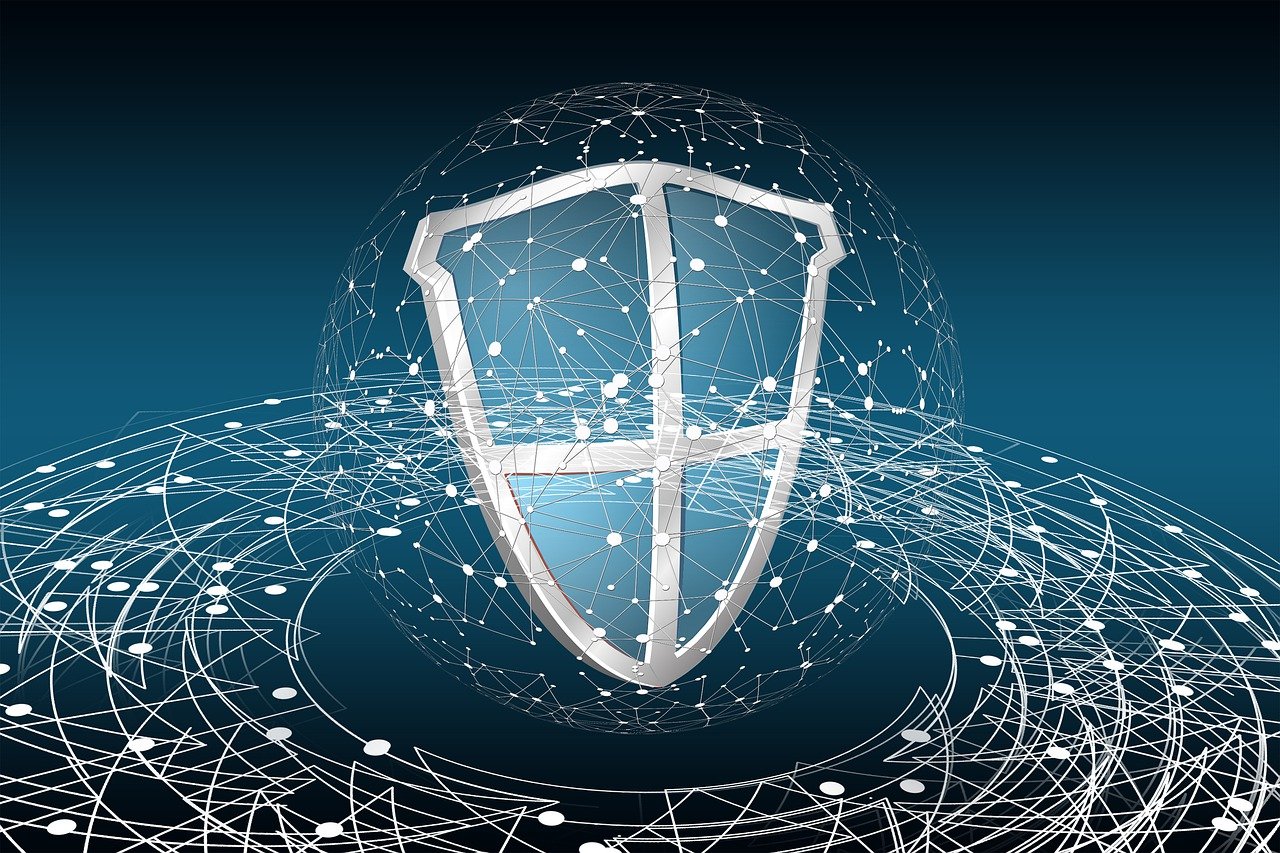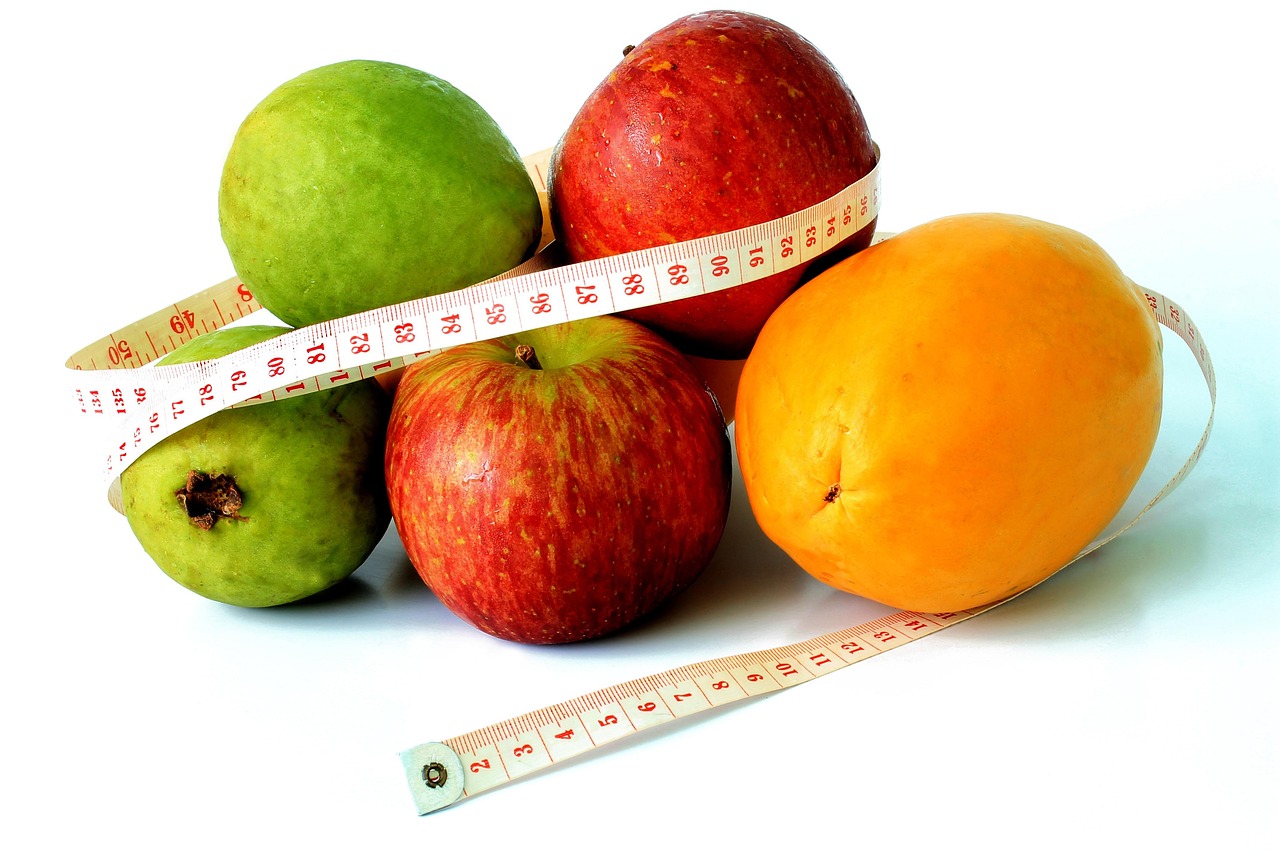Current Converter
Konverter Arus adalah suatu alat atau rangkaian listrik yang digunakan untuk mengubah besaran arus dalam suatu sistem, baik dengan cara menaikkan (menaikkan) atau menurunkan (menurunkan) arus. Konverter ini penting dalam berbagai aplikasi di mana arus perlu disesuaikan agar sesuai dengan kebutuhan beban, atau untuk membuat sistem kelistrikan lebih efisien.
A Current Converter is an electrical device or circuit used to change the current level in a system, either by stepping up (increasing) or stepping down (decreasing) the current. These converters are essential in various applications where the current needs to be adjusted to match the requirements of the load, or to make the electrical system more efficient.
Current converters typically work with direct current (DC) or alternating current (AC), and they are often used in combination with other types of converters like voltage converters to provide the desired electrical output.
Types of Current Converters:
-
DC to DC Current Converter:
- DC-DC current converters adjust the current level within a DC circuit. They are used when a device or system requires a specific amount of current that is different from what the DC power source provides.
- Example: A buck converter (step-down converter) reduces the current in a DC circuit to supply a lower current to a device, while a boost converter (step-up converter) increases the current to provide more power to a load.
-
AC to AC Current Converter:
- AC-AC current converters are used to change the current in AC circuits. These devices can adjust the current amplitude or modify its frequency, depending on the specific requirements of the load.
- Example: A transformer can convert AC current from one level to another by adjusting the voltage, which indirectly changes the current in the circuit, maintaining the power balance.
-
AC to DC Current Converter (Rectifier):
- A rectifier converts AC current into DC current. During this conversion, the amount of current may also be modified to fit the requirements of the load. Rectifiers are commonly used in power supplies for electronics and other systems requiring DC power.
- Example: A half-wave or full-wave rectifier that converts the alternating current to direct current while providing the necessary current to the load.
-
DC to AC Current Converter (Inverter):
- A DC to AC inverter converts DC current into AC current, which is required by many household appliances and industrial machinery. The inverter can also change the current level to match the load, depending on the power requirements.
- Example: A solar inverter that converts DC current from solar panels into AC current to power home appliances. The inverter adjusts the current and voltage to match the household electrical system.
Key Functions of Current Converters:
-
Current Regulation:
- Current converters help in regulating the amount of current provided to a device, ensuring that the device receives the correct amount for its operation. This prevents overloading and undercurrent situations that could lead to inefficiency or damage.
-
Power Control:
- By adjusting the current, these converters ensure that the power delivered to a load is within the required specifications, providing stable operation. This is especially important in systems like electric vehicles (EVs), renewable energy setups, and industrial machinery.
-
Ensuring Efficiency:
- Current converters are designed to be efficient, minimizing energy losses while converting and adjusting the current. This is crucial in applications such as battery charging, where the correct current must be delivered without wasting energy.
-
Protecting Devices:
- Proper current conversion ensures that sensitive devices are protected from overcurrent conditions, which could cause heat buildup and potential damage to the device.
Working Principles of Current Converters:
-
Step-Up (Boost) Converter:
- A step-up current converter increases the current level from the input to the output. It uses components such as inductors and switches to store energy and release it at a higher current. This is typically used when a higher current is required to drive a load.
-
Step-Down (Buck) Converter:
- A step-down current converter decreases the current by converting higher input current to lower output current using an inductor and a switch to regulate energy flow.
-
Rectifiers (for AC to DC Conversion):
- A rectifier typically uses diodes to allow current to flow in only one direction, converting alternating current into direct current. The diodes prevent the backflow of current, ensuring that only one-directional current is supplied to the load.
-
Inverters (for DC to AC Conversion):
- An inverter rapidly switches the polarity of the DC current, generating an alternating current output. The converter may adjust the output current to match the voltage and power requirements of the system.
Applications of Current Converters:
-
Battery Charging:
- In battery-powered devices, current converters are used to ensure that the current delivered to the battery is correct. For example, a DC-DC converter might be used to step down the current to an appropriate level for charging.
-
Power Supply Units:
- Power supply units for electronic devices, such as computers and smartphones, use current converters to ensure that the device receives the correct current. AC-DC converters in power supplies change AC current from the mains to DC current, with regulated output currents.
-
Electric Vehicles (EVs):
- DC-DC converters are essential in electric vehicles for managing the current flow from the battery to various components like motors and other electrical systems. These converters help optimize the use of available current and power efficiency.
-
Renewable Energy Systems:
- In solar power systems, DC-AC converters (inverters) change the DC from solar panels to AC for use in homes or businesses. These converters may also adjust the current to ensure the system operates efficiently and provides the correct amount of current for the load.
-
Electric Motors:
- In industrial applications, current converters are used to adjust the current supplied to electric motors. This allows for efficient motor operation by controlling the torque and speed, depending on the current supplied.
-
Telecommunications:
- Current converters are used in telecommunications systems to manage power distribution to equipment and ensure proper functionality of circuits in telecommunication equipment.
-
Power Distribution:
- In the power grid and distribution networks, current converters are used to adjust the current levels to match the needs of different sections of the grid, ensuring that electricity is efficiently distributed.
-
Welding Machines:
- Welding machines use current converters to adjust the current to the appropriate level for the type of welding being performed. These machines require precise control over current to produce strong and clean welds.
Example of Current Conversion:
Consider a scenario where you have a 24V battery, but the device you want to power requires 5V. In this case, a DC-DC step-down converter (buck converter) would be used to reduce the current to 5V and supply the correct current to the device.
Conversely, if a device requires 48V DC but your power supply provides only 24V, a DC-DC step-up converter (boost converter) could be used to increase the voltage and current to the required level.
Benefits of Current Converters:
- Efficiency: High-efficiency converters minimize energy loss and reduce heat generation, making the system more energy-efficient.
- Device Protection: By providing the correct amount of current, current converters protect devices from potential damage due to overcurrent or undercurrent conditions.
- Power Flexibility: Current converters allow devices to operate on power sources that may provide different current levels, ensuring compatibility.
- Compact and Portable: Many current converters are compact, which makes them ideal for portable applications like battery-powered devices.
Conclusion:
A Current Converter is an important component in electrical and electronic systems, enabling the adjustment of current levels to match the needs of a device or system. Whether it's stepping up or stepping down the current, these converters help ensure that electrical systems operate efficiently, safely, and reliably.
If you'd like more detailed information on a specific type of current converter or its use in a particular application, feel free to ask!

Codebee Co., Ltd.
Development Team
Nikmati hal-hal kecil dalam hidup. Untuk suatu hari, Anda mungkin melihat ke belakang dan menyadari bahwa itu adalah hal yang besar. Banyak kegagalan hidup yang disebabkan oleh orang-orang yang tidak menyadari betapa dekatnya mereka dengan kesuksesan ketika mereka menyerah.












